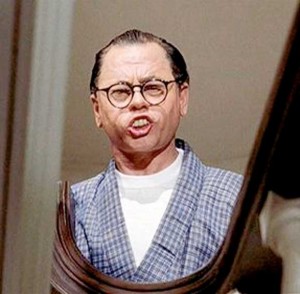James Brown died on Christmas day, a typically dramatic move for the 73-year-old, self-described “Godfather of Soul,†who was known for dramatic endings in concert.
The news of his death caught me off guard, because I hadn’t heard much about the performer in years. Although Brown’s music career was in its sunset years, he was still touring and singing regularly. He was hospitalized with pneumonia just a couple days before, and died of heart failure not long after telling a friend he would perform in Times Square for New Year’s Eve.
The man earned another of his many nicknames, “The hardest working man in show business,†to the very end. Continue reading





 I grew up – like all baby boomers – during an era of radio when the Top 40 format was perfected during the first two decade of rock and roll, and genres didn’t divide up into separate formats. An entire generation of pop music fans pretty much grew up listening to a wild mix of rock, soul, country – white and black – with a lot of novelty songs thrown in for good measure.
I grew up – like all baby boomers – during an era of radio when the Top 40 format was perfected during the first two decade of rock and roll, and genres didn’t divide up into separate formats. An entire generation of pop music fans pretty much grew up listening to a wild mix of rock, soul, country – white and black – with a lot of novelty songs thrown in for good measure.





